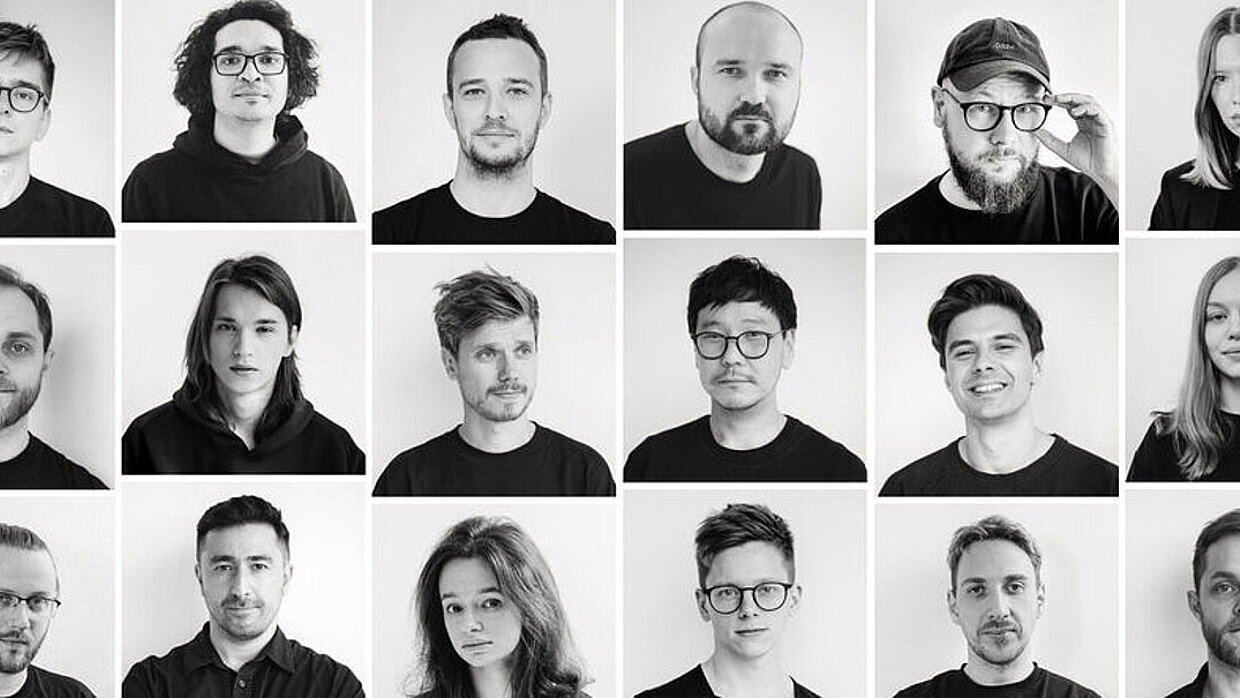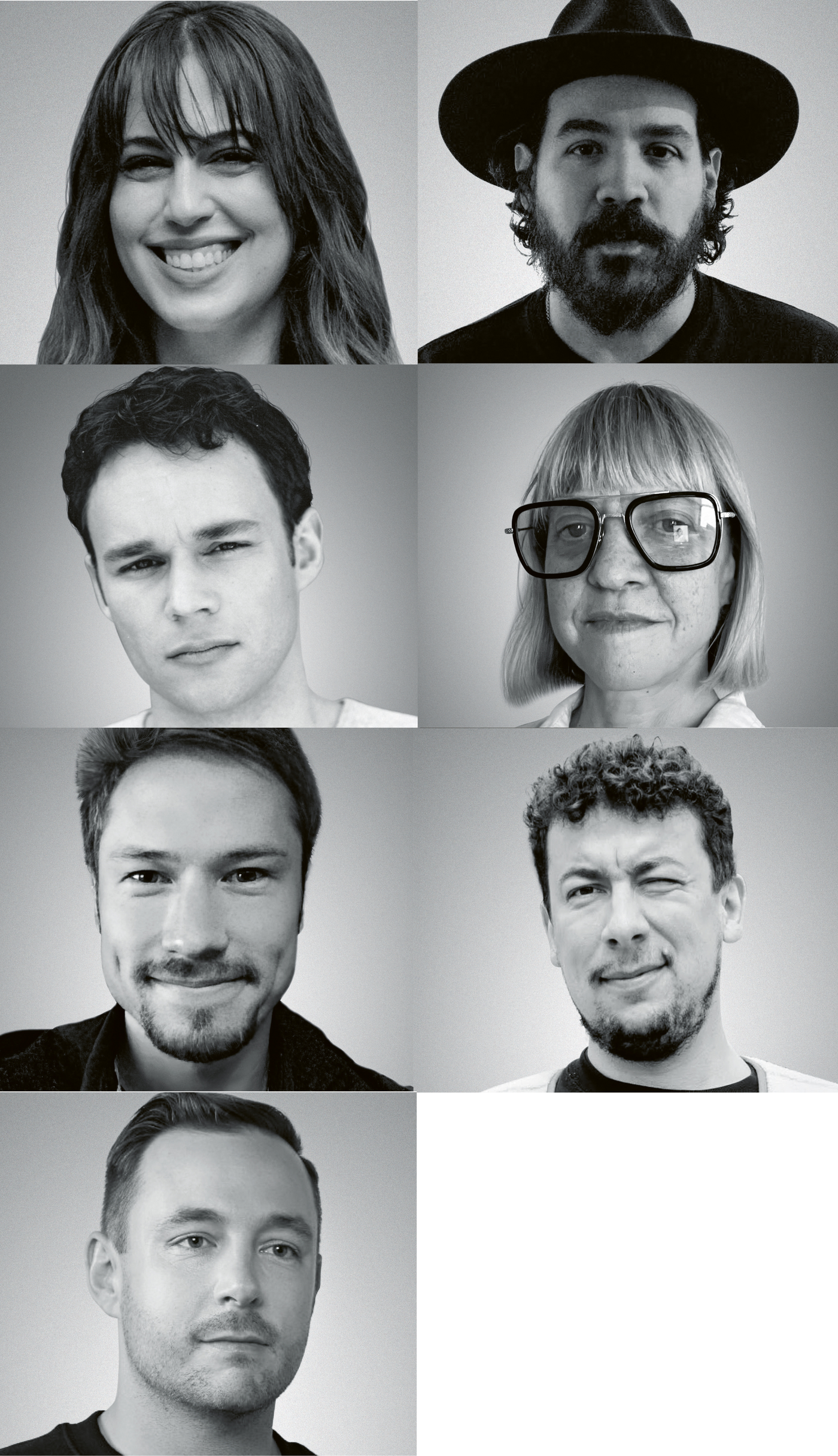
Since its foundation in 1970 as a traditional advertising agency, the Serviceplan Group has united all communication disciplines under one roof: brand strategists, creatives, experience designers, marketing technology experts, CRM experts, data scientists, market researchers, PR consultants and sales professionals – they all pull together here. In the House of Communication, the fully integrated agency model, the precise interaction between the large number of specialised agencies from Strategy & Consulting, Creative & Content, Platform & Technology and Media & Data ensures holistic communication strategies: “What unites us all is our passion for building and coaching fascinating brands. Brands that are economically successful and trigger emotions in the minds of consumers – the best brands.” For Europe’s largest owner- and partner-managed agency group, innovative communication means finding new ways into the hearts of consumers – in terms of content, media and technology. This is practised every day at the House of Communication and is also reflected in the large number of national and international awards. Two extraordinary and socially highly relevant realisations once again underscore the claim to excellent communication.
It is estimated that one person dies from an opioid overdose every six minutes in the USA. This makes drug abuse one of the country’s biggest health crises, and even numerous aid programmes have so far been unable to halt this dramatic development. With a nationwide campaign across various media channels, Serviceplan developed a new approach in cooperation with its US design partner Raw Materials. The campaign “855-How-to-Quit” clearly communicates the telephone number of the hotline for people suffering from addiction and helps to schedule a counselling session with recovering addicts. The last two digits of the telephone number, which correspond to the prescribed labelling of each individual tablet, are easy to remember. This allows very specific help to be given for the respective medication, and those affected really feel understood. By the middle of the year, the hotline had already recorded 30,000 calls and was able to refer over 5,000 people for treatment – moreover, the 680 million impressions underline the enormous media reach in a very short space of time. The aim is to continue this success. The approved public funding of 2.3 million dollars from the National Institutes of Health will also contribute to this. The goal is to establish “855-How-to-Quit” as a long-term programme.
Interview with Raw Materials | SERVICEPLAN GERMANY
Red Dot: Have you been personally touched by this tragic topic and the stories of those affected?
Raw Materials | SERVICEPLAN GERMANY: Because this problem is so widespread, it would be hard to find someone in the US who has not been personally affected. I am no exception – opioid addiction has cost or irrevocably ruined many lives, including those of people close to me.
How did you approach this project?
This initiative was developed in collaboration with a group of NGOs, healthcare providers, communication experts, artists and activists. From free medication to rehabilitation programmes, there is a wealth of resources for people struggling with addiction. And yet the crisis rages on. We knew the challenge would be to make these resources available to people when they need them.
Was it clear from the outset that such a campaign could only work with the participation of those actually affected?
Yes, we were well aware of that. Addiction can go hand in hand with shame and a whole range of other negative feelings. Talking to someone who has experienced the same thing – peer support – creates trust and has been shown to increase the chance of recovery by 28 per cent.
The campaign is understandable at first glance. Was that also the biggest challenge?
The message of this work is very clear, direct and motivating from the very start. We want people to think of the hotline whenever they see a pill. The biggest challenge was not to glamorise the pills themselves. They are therefore consistently placed on a background and taken out of context.
Which media did you use?
We focus on OoH because that resonates best with our target audience. We also launched a nationally broadcast PSA film with the director Oliver Würffell, a website for the general public, and an editorial with New York Times photojournalist Jeffrey Stockbridge. On social media, we are leveraging highly relevant content from opioid survivors who have become key opinion leaders. They are promoting the hotline and some of them are even members.
How sensitive are health issues in communication in general?
Communication about health issues is sensitive and regulated. The survivors involved in the hotline, for example, work with scripts that have been developed in collaboration with trained experts. Ultimately, they refer people to specific treatment options recommended by the US Substance Abuse and Mental Health Services Administration.


